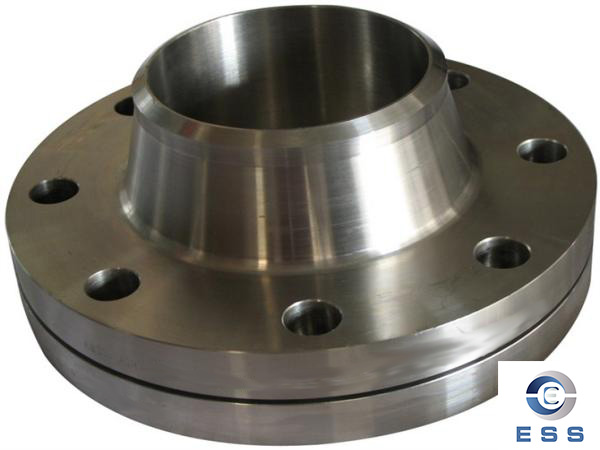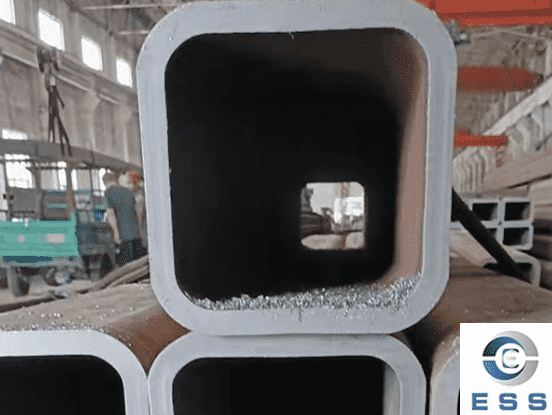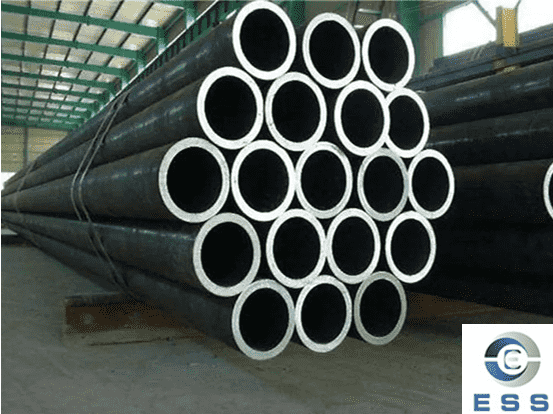Nondestructive testing of stainless steel
flanges

The importance of stainless steel flanges
Stainless steel flanges are an indispensable part of pipeline connections. Their function is to connect two sections of pipelines or valves and other equipment to make them a complete pipeline system. Stainless steel flanges are widely used in chemical, petroleum, natural gas, food, medicine and other industries due to their corrosion resistance, pressure resistance and good sealing. Stainless steel flanges have extremely high requirements and need to undergo sealing tests, thrust tests and other tests before they can be put into use.
Nondestructive testing methods for stainless steel flanges
The quality and safety of stainless steel flanges are directly related to the operation of the pipeline system, so nondestructive testing of stainless steel flanges is particularly important. The evaluation of stainless steel flange defects should be carried out in accordance with the national standard "Standard for the Evaluation of Steel Defects". Stainless steel flanges with defects such as cracks, pores, and inclusions shall not be used or repaired. Currently commonly used nondestructive testing methods include magnetic particle testing, ultrasonic testing, eddy current testing, etc. Nondestructive testing methods are also applicable to defect detection of seamless pipes, welded pipes and other steel pipes.
1. Magnetic particle testing
Magnetic particle testing is a defect detection method suitable for ferromagnetic materials. This method uses a surface coated with magnetic powder to detect defects on the surface of stainless steel flanges, and judges the defect state according to the curve on the magnetic powder, that is, uses the behavior characteristics of the magnetic field inside the material to detect defects in the material. Stainless steel flanges often have casting defects, pores, thermal cracks and other problems during the preparation process, and magnetic particle flaw detection can detect and locate these defects. The advantages of magnetic particle flaw detection are simple operation, high efficiency, fast detection speed, accurate results, and low cost, but it can only detect surface cracks. The current American standard recommends the use of JB 4730-2005 standard for magnetic particle flaw detection of stainless steel flanges. Magnetic particle flaw detection should use dry magnetic particle flaw detection or wet magnetic particle flaw detection to ensure that the object being tested will not be contaminated.
2. Ultrasonic flaw detection
Ultrasonic flaw detection is a defect detection method suitable for many materials. It generates ultrasonic waves, transmits high-frequency sound waves inside the material, and judges the defects of stainless steel flanges according to the signals sent back by the focused probe. This method has a wide detection range, high accuracy, and large detection depth. It has a good detection effect on invisible cracks, fatigue and other defects. The American Standard recommends the use of ASME Section V for ultrasonic flaw detection of stainless steel flanges. Ultrasonic flaw detection should use a linear array probe with a detection accuracy of not less than 2%.
3. Eddy current flaw detection
Eddy current flaw detection is a non-destructive testing method based on Faraday's law of electromagnetic induction. It uses an induction coil and a variety of detection sensors to perform non-contact flaw detection on conductive materials. It is suitable for detecting surface defects, cracks and quality problems of conductive materials. The advantage of this method is that it can detect tiny defects and can be tested without damaging the material. The American Standard recommends the use of ISO 17643-2 for eddy current flaw detection of stainless steel flanges.
Non-destructive testing safety precautions
1. Operators must undergo professional training and hold a certificate to work.
2. Personal protective equipment must be worn during the flaw detection process, such as safety helmets, glasses, gloves, etc.
3. The connection between the power cord and the sensor must be firm to ensure that safety accidents such as short circuits will not occur during the flaw detection process.
4. The flaw detection equipment should be placed in a stable, dry, vibration-free and electromagnetically interference-free place to ensure that the flaw detection equipment can work normally.
5. Ensure that the probe and the object being tested are smooth and dry during flaw detection.
Conclusion
Stainless steel flanges are an indispensable part of the pipeline system, and their quality and safety have a vital impact on the entire pipeline system. For this reason, non-destructive testing is required during the production process to ensure product quality and operational safety. Three mainstream non-destructive testing methods are introduced, and relevant standards and regulations for stainless steel flanges are provided for reference and reference by production and inspection personnel. For the flaw detection of stainless steel flanges, strict flaw detection standards and flaw detection technical requirements should be followed to ensure that the flaw detection results are accurate and reliable, and at the same time, attention should be paid to safe operation to avoid accidents.













 Eastern Steel Manufacturing Co.,Ltd not only improve product production and sales services, but also provide additional value-added services. As long as you need, we can complete your specific needs together.
Eastern Steel Manufacturing Co.,Ltd not only improve product production and sales services, but also provide additional value-added services. As long as you need, we can complete your specific needs together.










